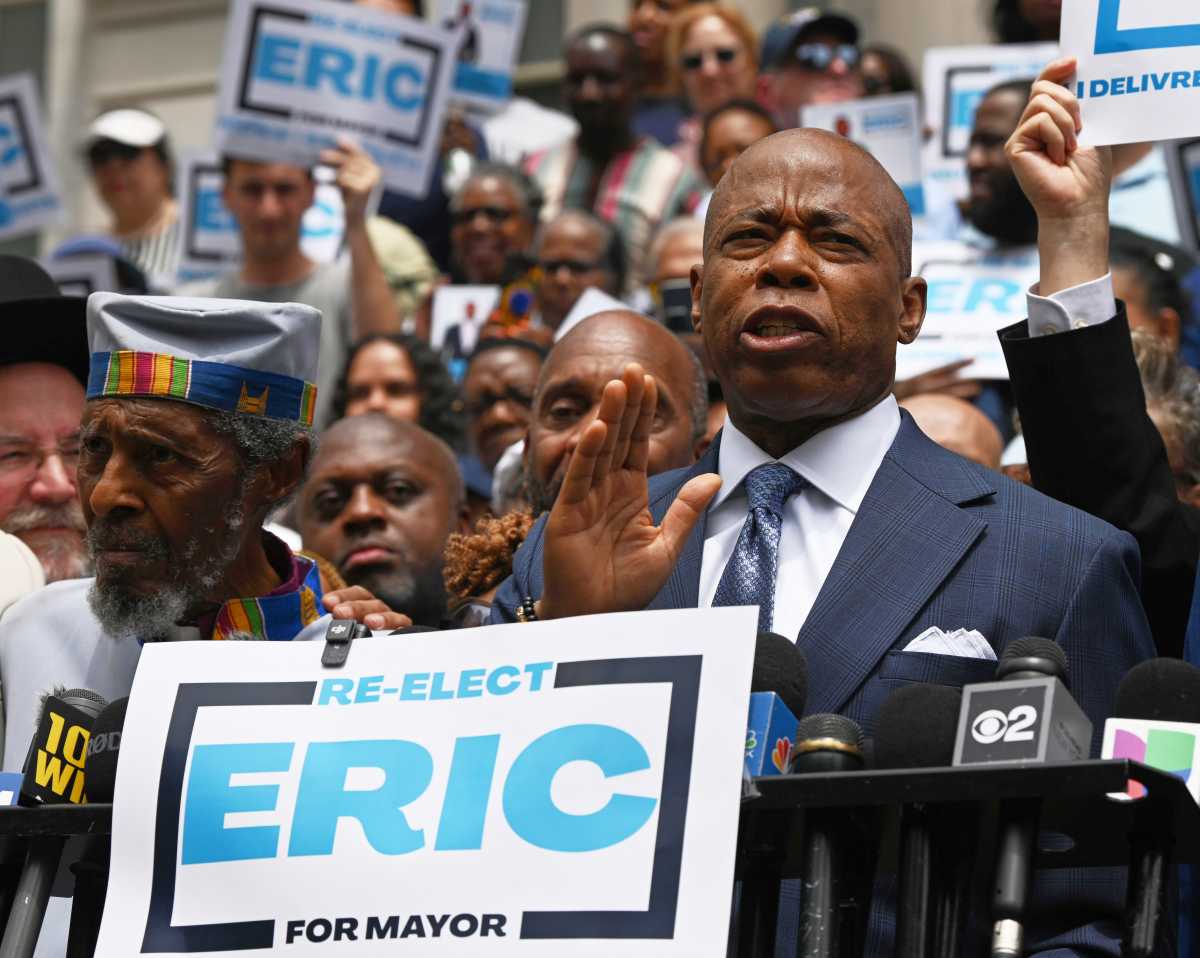If Bay Ridge’s venerable Green Church – which is on the State and National Registers of Historic Places – is torn down by the congregation without prior governmental review, future developers of the site may find that they are not able to draw on federal funding for their projects.
At this point, the property, at Ovington and Fourth avenues, is under contract to be sold to Abeco Management for $9.75 million. As part of the deal, the congregation is supposed to do the demolition of the sanctuary, the Sunday school building and the parsonage prior to closing.
However, Section 106 of the National Historic Preservation Act of 1966, as amended in 2000, requires federal review of the effect of demolition “on any district, site, building, structure, or object that is included in or eligible for inclusion in the National Register…prior to the approval of the expenditure of any Federal funds” on projects involved with the site.
In addition, Section 110, which deals with “anticipatory demolition,” mandates that “each Federal agency shall ensure that the agency will not grant a loan, loan guarantee, permit, license, or other assistance to an applicant who, with intent to avoid the requirements of section 106 of this Act, has intentionally significantly adversely affected a historic property to which the grant would relate… unless the agency… determines that circumstances justify granting such assistance despite the adverse effect created or permitted by the applicant.”
Nonetheless, local preservationists admit that they are worried that the developer of the property may have requested that the congregation do the demolition of the church to do an end run around the regulations.
“We are extremely concerned that this entire transaction has been carefully engineered to circumvent a review process by the federal agency responsible for historic preservation in order to maximize profits,” contended Kathleen Walker, the co-chairperson of the committee, in an April 21st letter to a long list of elected officials and agencies involved in preservation.
“We are trying to cut things off at the pass,” explained Walker in a subsequent interview. “We want everyone to know that we know that there are regulations and restrictions regarding demolition when you request federal funding, that there are guidelines that have to be adhered to, and we don’t know that they are being adhered to.”
“They should not be subverting the law,” added Victoria Hofmo, the founder of the Bay Ridge Conservancy and a member of the committee.
Another committee member said that the federal regulations could mean that the developer might not be able to “tap into the gravy train,” which in turn could mean the loss of an “appreciable” amount of federal funding that could potentially make the entire deal way less profitable and therefore less likely to be carried through to fruition.
“The market is turning quickly,” the preservationist said. “Money is very tight. Now, from the community standpoint, we have to keep them from knocking down the building. We hope that they will come to their senses and won’t do it.”
However, the Reverend Robert Emerick, the spiritual leader of the congregation, said that the congregation had not rethought its intention to demolish the building.
Asked whether a plan put together at the urging of City Counci-lmember Vincent Gentile by the Con Edison Renaissance Housing Program – whereby it would develop 87 units of below-market-rate senior housing on the church parking lot to generate about $300,000 to $350,000 annually for the congregation, while leaving the property in the church’s possession — was being reconsidered, Emerick said it was not.
“The plan doesn’t meet our goals,” Emerick contended. “Our plan is not to put all our resources into a building. That’s not what the Christian church is all about.”
Emerick also said that, in his view, the demolition of the church by the congregation would not impact the efforts of Abeco or any other developer to tap into federal money for a project at the site.
“It’s our own plan,” Emerick said. “It’s not his demolition. It’s ours. Our position is that the congregation built the building and the congregation is responsible for the demolition. We made the decision early that that should be the case.”
There is no date set yet for the demolition, Emerick added. While he had earlier said that he was hoping that it would occur in May, he now said, “At this point, it doesn’t look like it. It’s still possible but much less likely than it was three months ago.”
By press time, Abe Betesh of Abeco Management had not responded to requests for comment.






















